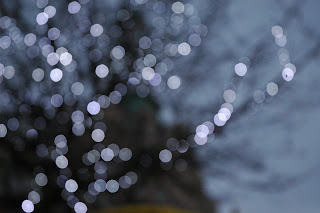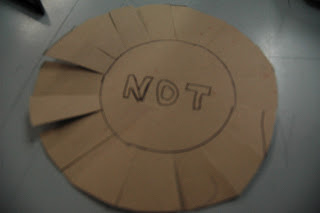A day (approx 12-14 hours) is condensed into 3m 20s in a time lapse experiment on Super 8 film.
I watched this film to see how other Directors have portrayed a day. I liked how this showed the development of the sun's cycle. In our film I would like to show a Bokeh'd phrase/symbol throughout a day, having the light gradually getting darker, and the statements becoming clearer.
I liked how the footage seemed to fast forward through the day, showing the different movements of nature. I think that within our film, it would be effective if at the end of our film we went back, and quickly fast forwarded through our film again, which will show the phrases and symbols one more time. This will remind the audience of the phrases and symbols throughout the piece making our statements clearer, and emphasised.
During our post-production stage, I think we will experiment with the different effects that are created when quickening and decreasing the speed of footage.
























